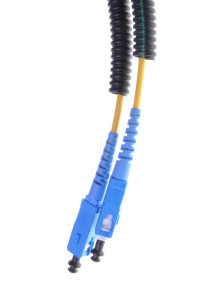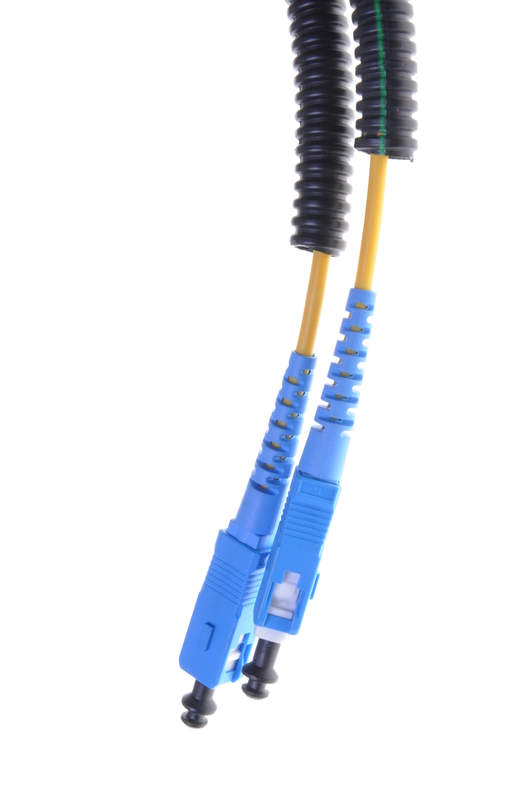Our series continues with a focus on the benefits of the Passive Optical Network.
Our last post highlighted tremendous savings in capital expenditure.
Savings. The fruit of its design.
But what about operational costs?
The Passive Optical Network is the gift that keeps on giving.
Network managers are smart.
Scores are impressed with the savings in capital expenditures. However, at the intersection of clarity and understanding, there are reasons to pause.
They pause because of the savings in their operational cost—their total cost of ownership (TCO) .TCO and the Passive Optical Network
The passive optical network’s carrier class design reduces the TCO dramatically. It eliminates the need to replace expensive Ethernet LAN switches every 5 to 7 years.
A technology refresh often requires new switches. New switches require new cabling infrastructure. Largely because, newer switches operate at faster speeds. And most installed cabling cannot support them.
Additionally, a technology refresh involves numerous tasks including:
- Engineering for the new network design
- Site surveys
- Bid generation, review and award
- contract negotiations
- CapEx investments in significant platform upgrades or change-outs
- Time and labor costs for installation
Network managers pause and then they take a deep breath.
Not only is replacing the LAN cabling a recurring, massive and expensive undertaking. Each time an organization replaces its Category N cabling with Category N+ 1 cabling, it basically trades one bandwidth-limited media for another.
According to the Institute of Electrical and Electronic Engineers (IEEE) standards, Cat5 cabling supports 100 MBps, Cat6 supports 1 Gbps over 30 meters, and Cat 6A extends that to 100 meters.
Limitations on speed and distance are decreasing, but they have not disappeared.
And then, they exhale
Fiber, by contrast, can deliver practically unlimited bandwidth–more than 50 Tbps at a distance of up 30 kilometers. Hence distance limitations are no longer a consideration.
So why continue replacing copper when an enterprise can install fiber once and never have to replace it again?
The Big Picture
When organizations replace legacy LANs with optical LANs based on Gigabit Passive Optical Network and packet optical transport technology, they can easily:
- obtain the LAN speeds, capacity and functionalities they need
- Gain control of their CapEx and OpEx, both initially and over the long term
- Fulfill their “go-green” objectives
Are you ready to take a closer look? If so, contact us here.
Source:
Http://www.tellabs.com



